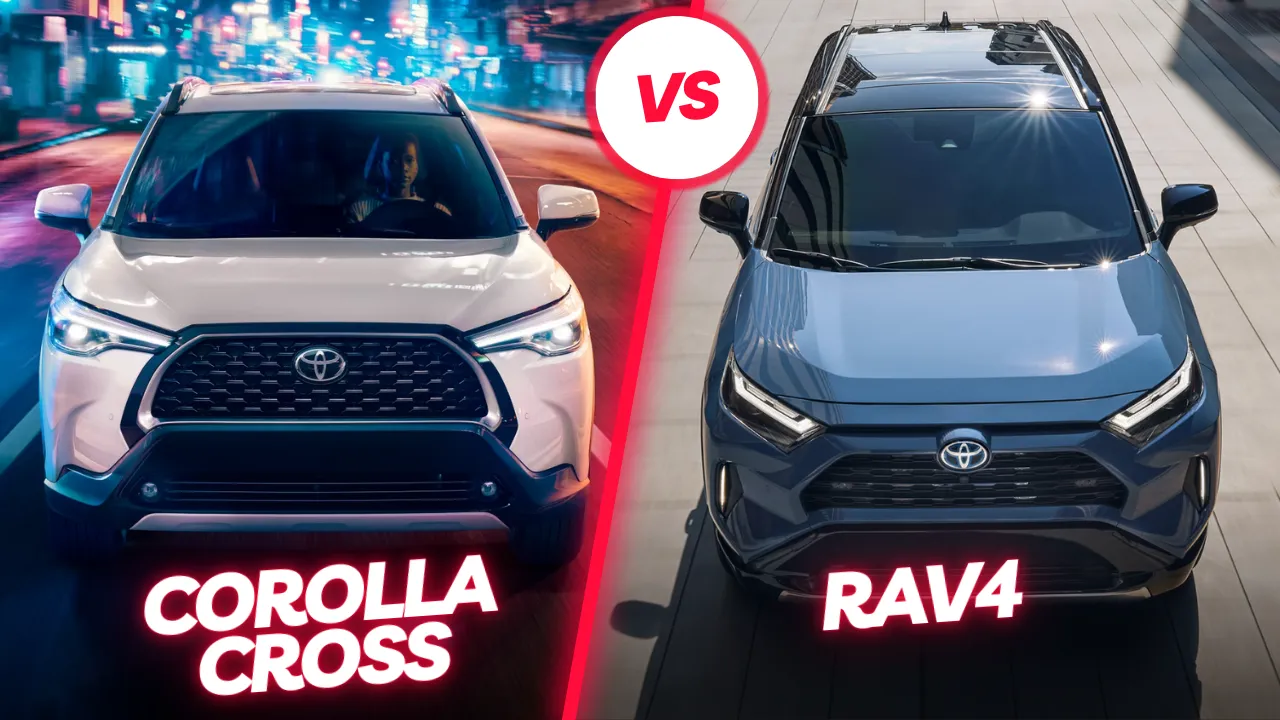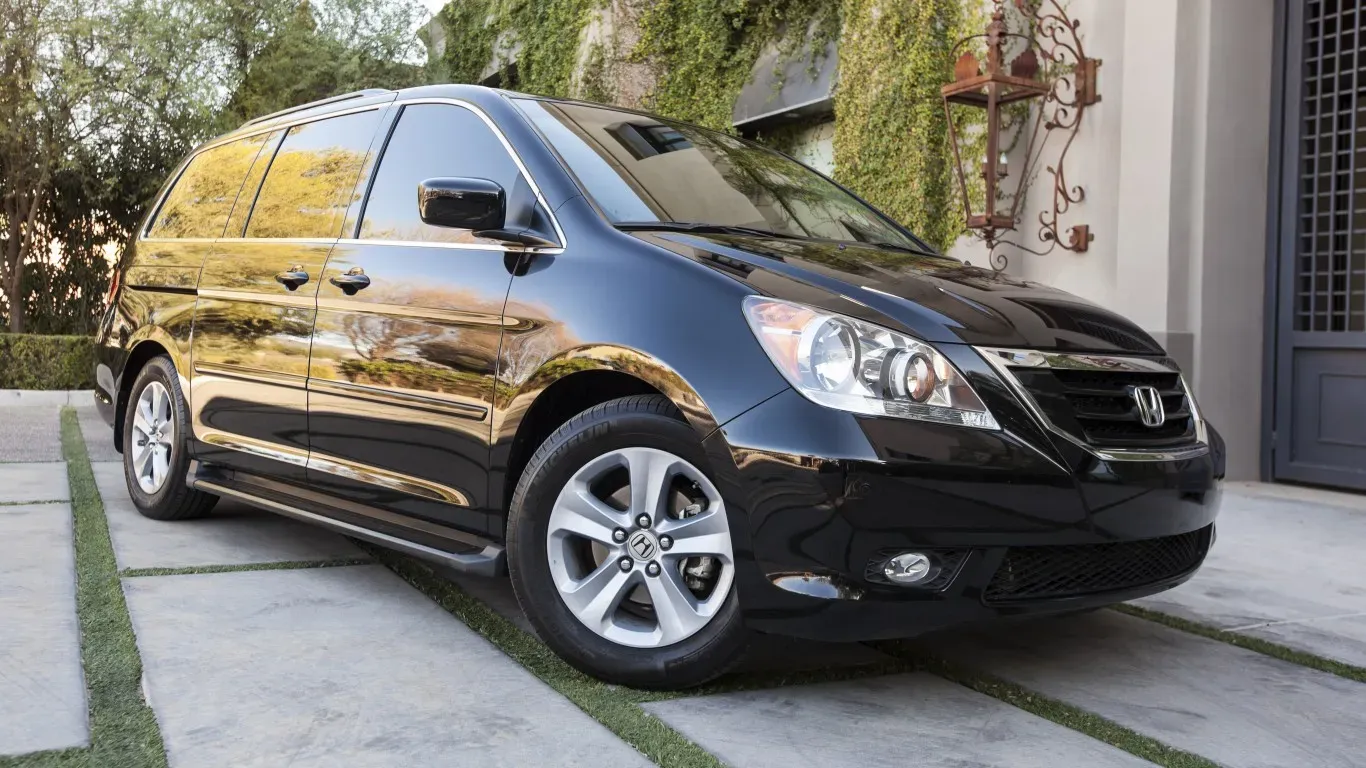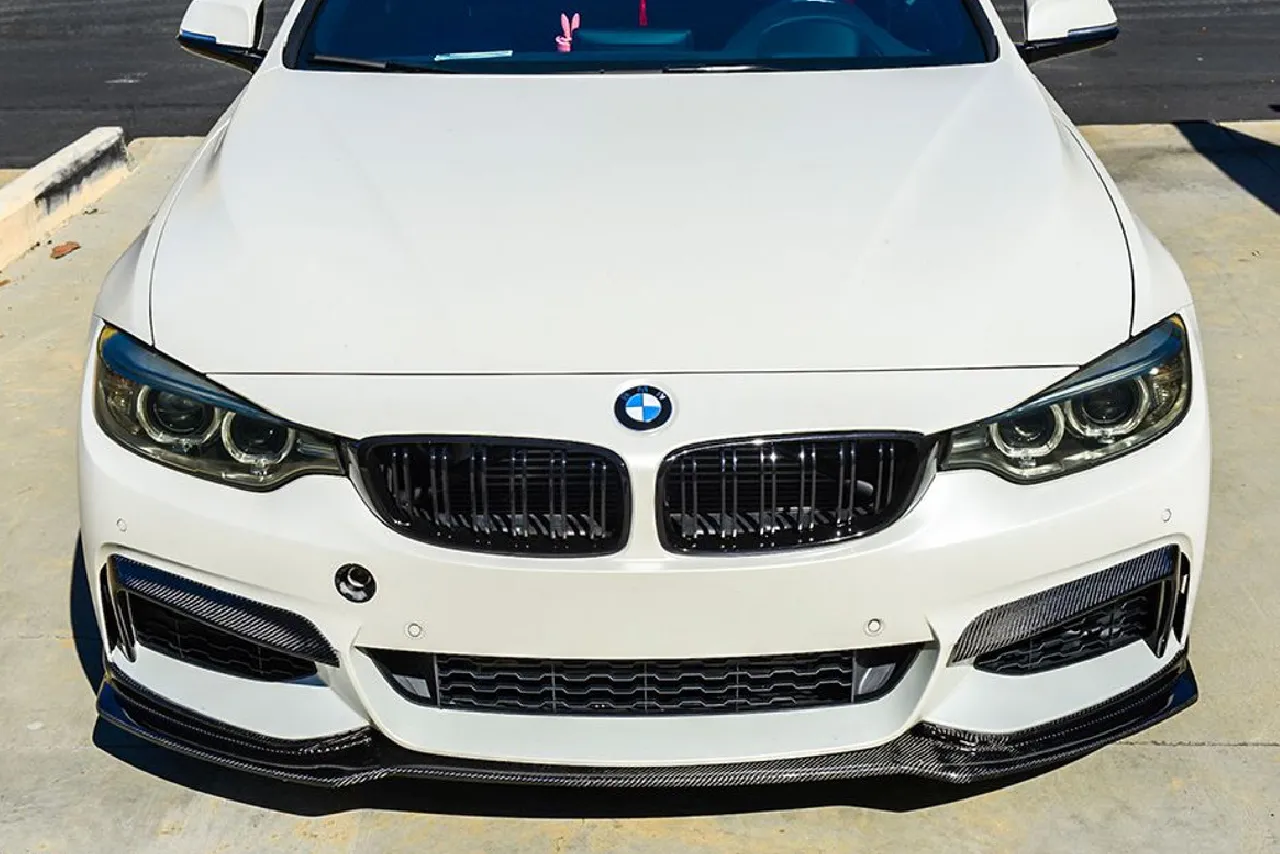When it comes to buying a new car, many drivers are starting to ask a key question: “Are there 2024 cars that don’t have CVT transmissions?”
CVT, or continuously variable transmission, has become popular with manufacturers aiming for fuel efficiency, but not everyone is a fan.
Some drivers feel disconnected from their car because of the rubber band-like effect of CVTs, while others just prefer the traditional feeling of a manual or automatic transmission.
If you’re one of those drivers who want to avoid CVT transmissions in 2024, you’re in the right place.
We’ll dig into the cars you can still get without the dreaded CVT, why people are steering away from CVTs, and what your alternatives are.
Why Are Drivers Looking for Non-CVT Cars?
There’s a growing group of car buyers who just don’t like CVTs.
CVT transmission technology is designed to be more fuel-efficient, but that doesn’t mean it’s the best option for everyone.
Here’s why some people are avoiding CVT cars:
Driving Feel: A big complaint is that CVTs lack the feeling of gear shifts. Instead of the traditional shift points, CVTs give a smoother but less engaging experience.
Reliability Concerns: While some people have great experiences with CVTs, others report more issues compared to traditional transmissions. Problems with belts or pulleys in the transmission system are common concerns.
Costly Repairs: If a CVT breaks down, repairs can often be more expensive than a traditional automatic or manual transmission.
For these reasons, 2024 cars that don’t have CVT transmission are still in demand.
Let’s explore some of the best options on the market today.
Top 2024 Cars Without CVT Transmission
In 2024, several automakers are sticking to their guns, offering vehicles with manual and automatic transmissions. These transmissions offer the familiar driving feel many still crave.
1. 2024 Toyota Tacoma
The Toyota Tacoma is one of the few trucks that still offer a manual transmission in 2024.
For those who love the raw control of shifting gears themselves, the Tacoma is a solid choice. The six-speed manual transmission in this midsize truck gives a rugged and authentic driving experience.
Why the Tacoma?
It’s reliable, off-road capable, and without a CVT. Plus, it’s perfect for those who want a more hands-on driving feel.
2. 2024 Mazda MX-5 Miata
If you’re looking for something sportier, the 2024 Mazda MX-5 Miata is a gem that’s hard to overlook.
This nimble sports car comes with a six-speed manual transmission. The connection between the car and the driver is sharp, something CVTs often miss entirely.
Why the Miata?
It’s fun, agile, and comes with a stick shift that puts you in complete control.
3. 2024 Ford Bronco
Want an SUV that’s rugged, adventure-ready, and free from CVT?
Look no further than the 2024 Ford Bronco. Ford has kept a traditional 10-speed automatic and a seven-speed manual in the lineup for off-road enthusiasts who value control.
Why the Bronco?
This SUV is built for the outdoors. It’s tough, durable, and avoids the CVT trend.
4. 2024 BMW M3
The BMW M3 has always been a driver’s car, and in 2024, it continues to deliver with a six-speed manual transmission. For performance car lovers, the M3’s manual gearbox gives an engaging and powerful driving experience, something that a CVT could never match.
Why the M3?
If you’re after luxury performance without sacrificing driving engagement, this is the car for you.
5. 2024 Jeep Gladiator
If you want a vehicle that can conquer any terrain and still offer a manual transmission, the 2024 Jeep Gladiator is a solid choice.
With a six-speed manual transmission, the Gladiator allows you to fully engage with your off-road adventure, steering clear of the CVT trend.
Why the Gladiator?
It’s one of the few trucks in 2024 that still lets you row your own gears.
What Are the Drawbacks of CVT Transmission?
For drivers unfamiliar with CVT technology, it’s important to understand the main reasons some people dislike it.
Driving Experience Feels Numb
Unlike traditional automatics or manuals, CVTs don’t have specific gears.
This can make driving feel less responsive, especially when accelerating quickly.
Potential Reliability Issues
Some CVTs are known for their lack of durability, especially in heavier vehicles or when driven hard.
Repair Costs Can Be High
When a CVT breaks, the repair costs can sometimes be higher than fixing a traditional transmission.
That said, CVTs do offer benefits such as improved fuel economy and smoother acceleration. But for some, the trade-offs just aren’t worth it.
Alternatives to CVT Transmissions in 2024
If you’re shopping for 2024 cars that don’t have CVT transmission, you’ve got options. Here’s a breakdown of the most common alternatives:
1. Automatic Transmission
Most people are familiar with traditional automatic transmissions, where the car shifts gears for you.
The feeling of shifting gears is what many drivers prefer, even if they aren’t manually doing it themselves.
2. Manual Transmission
For those who love complete control, manual transmissions are still available in 2024 cars.
Manual transmissions are less common these days but are still a favorite among enthusiasts.
3. Dual-Clutch Transmission (DCT)
If you’re looking for something that combines the best of both worlds, the dual-clutch transmission might be for you.
It’s essentially an automatic, but it shifts gears much faster than a traditional automatic.
Each of these transmissions offers a different driving feel and engagement compared to a CVT.
Performance-Oriented Vehicles Still Avoid CVTs
High-performance cars and supercars almost never use CVT transmissions.
This is because CVTs can’t handle the high torque and power output from performance engines.
For instance, vehicles like the Porsche 911 or the Chevrolet Corvette are designed for maximum driving engagement, using dual-clutch or automatic transmissions to maintain precise control over gear shifts and engine output.
For enthusiasts, performance cars are the go-to option when avoiding CVT technology.
Longevity of Traditional Transmissions
Another reason people opt for non-CVT vehicles in 2024 is longevity.
Traditional manual and automatic transmissions are often seen as more durable over long-term use.
For example, fleet vehicles like the Ford F-150 are heavily favored by businesses and contractors due to the robust nature of their traditional automatic transmission. These transmissions are tried and tested in various environments, proving to last longer and need less maintenance than their CVT counterparts.
Towing Capabilities are Better Without CVTs
For anyone who plans on towing heavy loads, non-CVT cars tend to perform better.
Vehicles with automatic transmissions like the Ram 1500 or Chevrolet Silverado are preferred because CVTs often struggle under heavy loads.
Their belt-driven systems are less effective in maintaining torque at high demands, whereas traditional automatic transmissions are built for this kind of strain.
Off-Road Enthusiasts Avoid CVTs
Off-road vehicles typically avoid CVTs because they perform poorly in off-road conditions.
For instance, in rock crawling or steep inclines, CVTs can overheat or struggle to provide consistent power.
That’s why vehicles like the Jeep Wrangler or Toyota 4Runner stick to manual or automatic transmissions, which are better suited for the demands of off-roading. Enthusiasts value these transmissions for their ability to precisely control power in challenging terrains.
Resale Value Can Be Higher Without CVT
Cars with manual or traditional automatic transmissions generally have a higher resale value compared to CVT-equipped models.
This is because enthusiasts, or people looking for reliability, tend to prefer non-CVT cars, which leads to higher demand in the used car market. For instance, cars like the Honda Civic Si with a manual transmission often hold their value better over time than their CVT-equipped counterparts.
Real-World Examples: Why the Driving Feel Matters
Imagine driving up a steep hill in a CVT car.
You press the accelerator, but instead of feeling the car shift through gears, the engine revs higher and higher without the usual kick of a gear change.
It’s efficient, sure, but that lack of feedback makes many drivers feel disconnected from the experience.
Compare that to driving the same hill in a car like the 2024 Mazda MX-5 Miata.
You feel every gear shift, every burst of acceleration.
It’s more engaging, more fun, and ultimately why many people are still seeking 2024 cars that don’t have CVT transmission.
Conclusion: 2024 Cars That Don’t Have CVT Transmission
In 2024, there are still plenty of cars on the market that avoid CVT technology.
From rugged trucks like the Toyota Tacoma to sporty cars like the Mazda MX-5 Miata, drivers who want to stick with traditional transmissions have options.
Whether you’re looking for manual, automatic, or dual-clutch transmissions, there’s a 2024 car for you.
So, if you’re someone who prefers the feeling of shifting gears—or just wants to avoid CVTs for reliability or repair reasons—you can find your perfect car this year.
Keep in mind that while CVTs have their benefits, nothing beats the engaging drive of a manual or traditional automatic transmission.
With the right information, you can still find 2024 cars that don’t have CVT transmission to suit your driving style.
FAQs About 2024 Cars Without CVT Transmission
Q: What cars in 2024 don’t have a CVT transmission?
A: Models like the Toyota Tacoma, Mazda MX-5 Miata, and BMW M3 are still available with traditional transmissions.
Q: Why do people dislike CVTs?
A: Many drivers feel CVTs lack engagement, have reliability issues, and are more expensive to repair compared to traditional transmissions.
Q: Are manual transmissions still available in 2024?
A: Yes, vehicles like the Ford Bronco, Jeep Gladiator, and Mazda MX-5 Miata still offer manual transmissions in 2024.
Q: What’s the difference between CVT and automatic transmission?
A: A CVT uses pulleys and belts to provide seamless shifting, while an automatic has set gear ratios that give a more traditional driving feel.
Q: Are CVTs more fuel-efficient?
A: Yes, CVTs are generally more fuel-efficient because they adjust engine speed to optimal levels, but many drivers find the experience less enjoyable.
I’m Waqas, an electric vehicle enthusiast and tech writer with over 6 years of experience covering the EV industry. I write in-depth articles, comparisons, and reviews to help readers understand the fast-evolving world of electric mobility. From battery technology to EV launches and charging trends, I aim to make complex EV topics simple, engaging, and informative for everyday drivers and curious readers alike.





